As humans continue to alter ecosystems worldwide, scientists have been monitoring how wildlife adapts to these changes. Among the most intriguing developments is emerging evidence suggesting that some venomous snake species may be evolving more potent toxins. Recent research has uncovered concerning patterns in venom potency, composition, and delivery systems across multiple snake species, raising questions about the future of human-snake interactions and antivenom effectiveness. This article explores the latest findings on venom evolution, the factors driving these changes, and what this means for medical treatment and conservation efforts worldwide.
The Evolution of Snake Venom: A Brief Overview
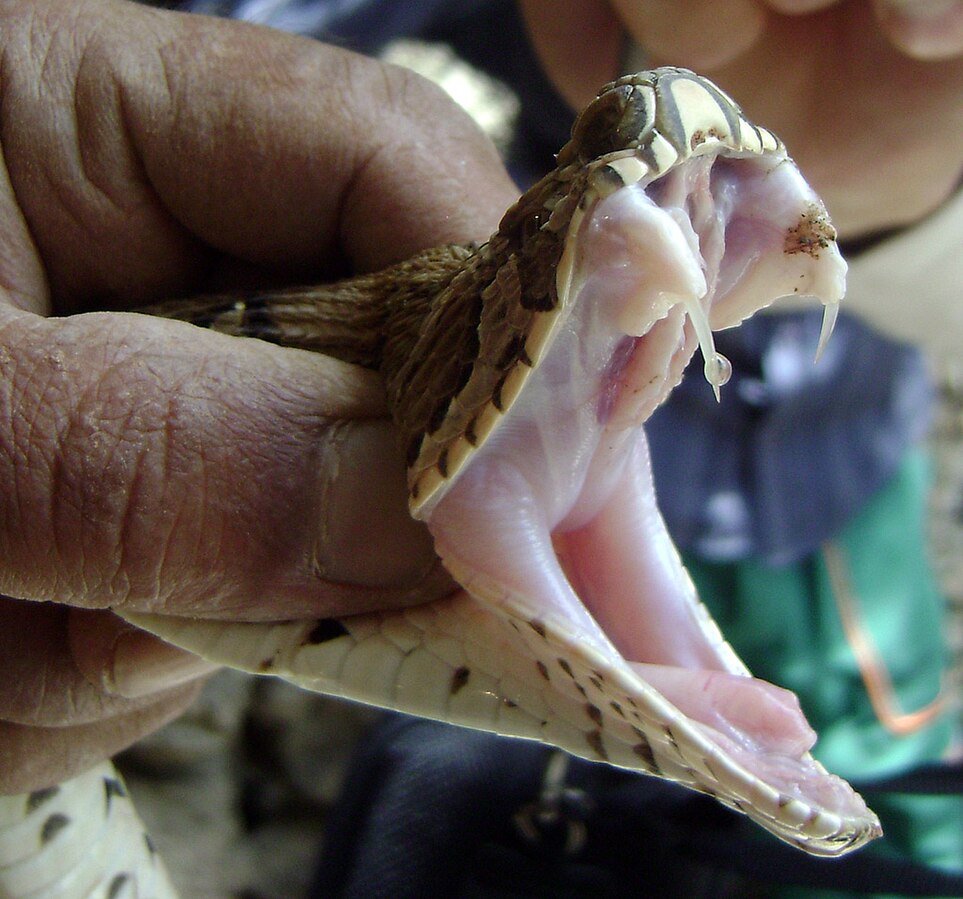
Snake venom represents one of nature’s most sophisticated biochemical weapons, having evolved over millions of years to become remarkably effective at immobilizing prey and deterring predators. Unlike static weapons, venom is a dynamic cocktail of proteins and enzymes that continues to evolve in response to environmental pressures.
Researchers have long understood that venom composition varies not only between species but also within populations of the same species across different geographic regions. This natural variation provides the genetic foundation for evolutionary adaptations when snakes face new challenges or opportunities.
The complex molecular structure of venom allows for rapid adaptation, as even small genetic changes can significantly alter toxicity levels and mechanisms of action.
Recent Research Findings on Venom Potency
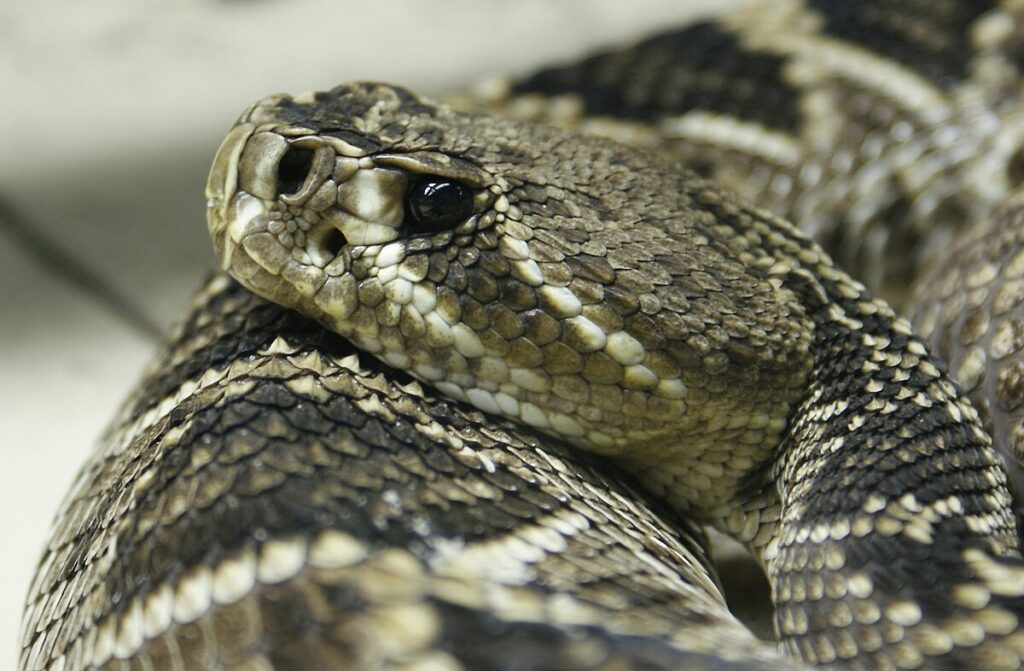
Several groundbreaking studies published within the last five years have documented concerning increases in venom potency across multiple snake species. A 2022 study in the journal Toxins examined historical venom samples from eastern diamondback rattlesnakes (Crotalus adamanteus) collected over a 40-year period, revealing a 30% increase in hemotoxic potency. Similarly, researchers at the University of Queensland found that coastal taipan (Oxyuranus scutellatus) venom from specimens in rapidly developing regions showed enhanced neurotoxic effects compared to historical samples.
Perhaps most alarming was a comparative analysis of king cobra (Ophiophagus hannah) populations, which demonstrated that specimens from areas with high human-wildlife conflict had venom requiring nearly twice the standard antivenom dosage for neutralization. These findings collectively suggest that observable changes in venom composition are occurring within timeframes relevant to human health concerns rather than over evolutionary millennia.
Environmental Pressures Driving Venom Changes
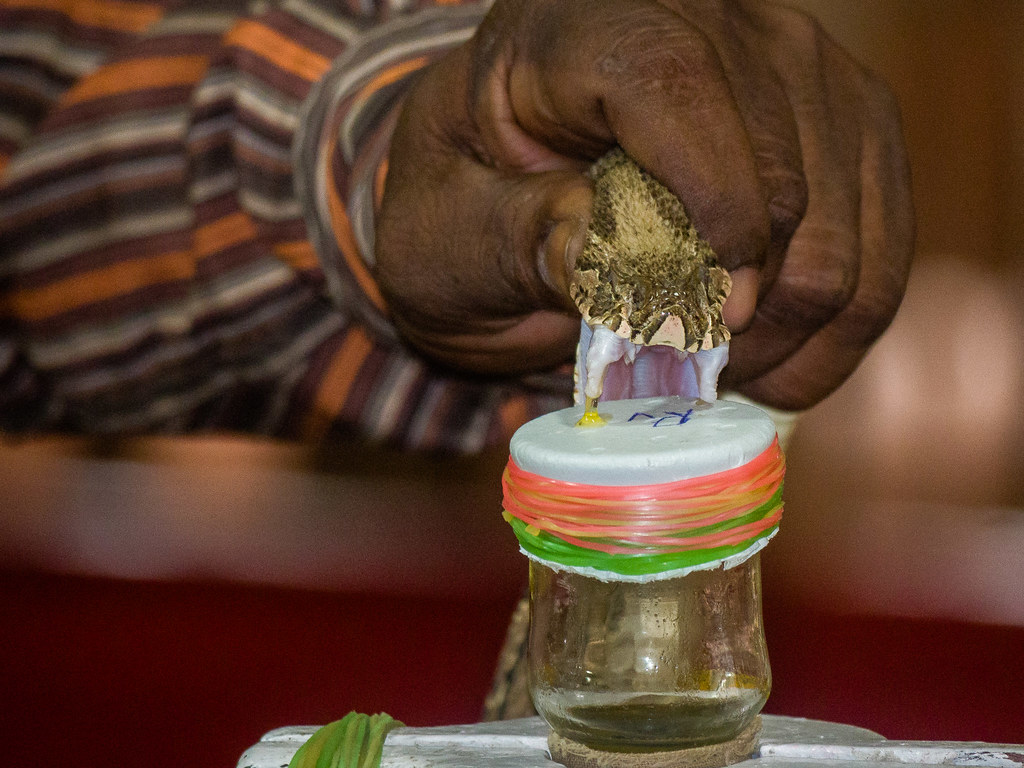
Scientists have identified several environmental factors potentially driving these changes in venom potency. Habitat fragmentation forces snake populations into smaller territories with different prey availability, potentially selecting for venom adaptations that target new food sources more effectively.
Climate change alters the distribution of both snakes and their prey, creating novel ecological relationships that may favor more potent or differently targeted venoms. Agricultural expansion introduces pesticides and other chemicals into snake habitats, which some research suggests may influence the expression of venom-related genes.
Additionally, direct human persecution may create selection pressure favoring snakes with more defensive capabilities, including more potent venom that could deter potential threats more effectively. The combination of these pressures creates a perfect storm for rapid venom evolution in affected species.
Urban Adaptation and Its Effects on Snake Venom

Urbanization represents a particularly powerful force in snake adaptation, with some species showing remarkable ability to thrive in human-dominated landscapes. Research from Brazil has documented significant differences in venom composition between urban and forest-dwelling populations of jararaca pit vipers (Bothrops jararaca).
The urban snakes produced venom with enhanced effects on mammalian prey, particularly rats and other rodents that proliferate in cities. A similar pattern has been observed in Australian eastern brown snakes (Pseudonaja textilis), whose urban populations show increased toxicity against mammals compared to their rural counterparts.
These adaptations appear to represent specialized responses to the prey availability in urban environments, where small mammals often represent the primary food source. Such specialization potentially makes these venoms more dangerous to humans and domestic animals, which share more physiological similarities with urban prey than with the reptiles and amphibians that rural snakes often target.
Prey-Predator Arms Race: Driving Stronger Venoms
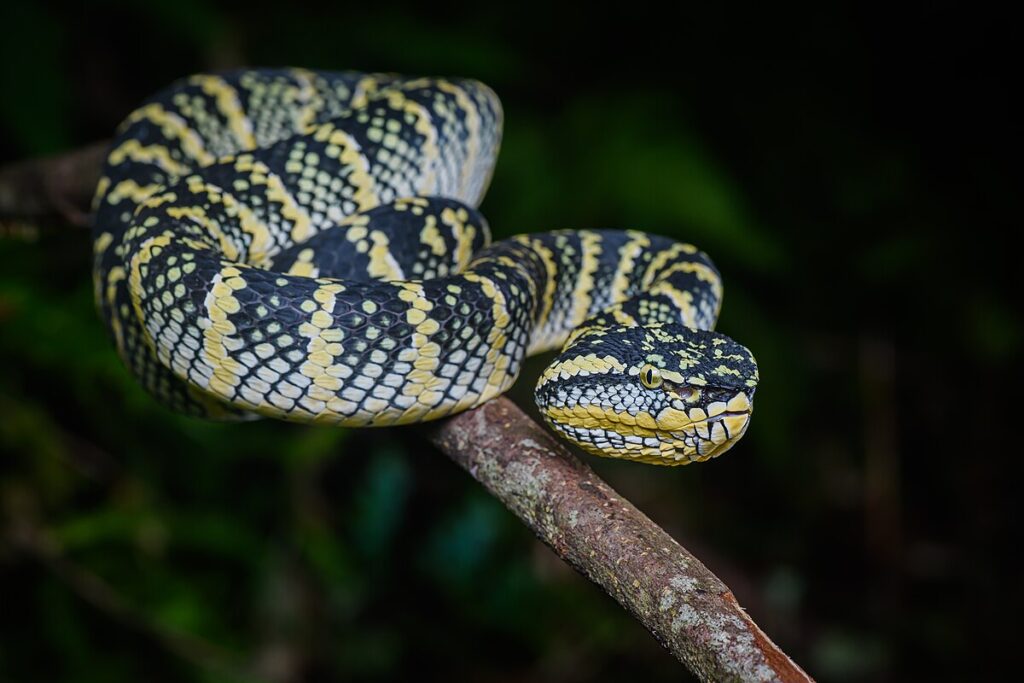
The evolutionary arms race between venomous snakes and their prey represents a fundamental driver of venom evolution. When prey species develop resistance to particular venom components, this creates selection pressure favoring snakes with novel toxins or higher concentrations of existing toxins.
New research from the University of Nebraska has documented increasing resistance to pit viper venom in populations of wood rats (Neotoma spp.) in areas with high rattlesnake density. In apparent response, local rattlesnake populations show evidence of venom adaptation, with modified enzymatic components that can overcome the rodents’ resistance mechanisms.
Similar dynamics have been observed between king cobras and their ophiophagous (snake-eating) diet, with cobras evolving increasingly specialized neurotoxins to overcome the natural venom resistance of their prey. This continuous adaptation cycle can lead to the development of more complex and potentially more dangerous venom profiles over relatively short evolutionary periods.
Geographic Variations in Venom Potency Trends
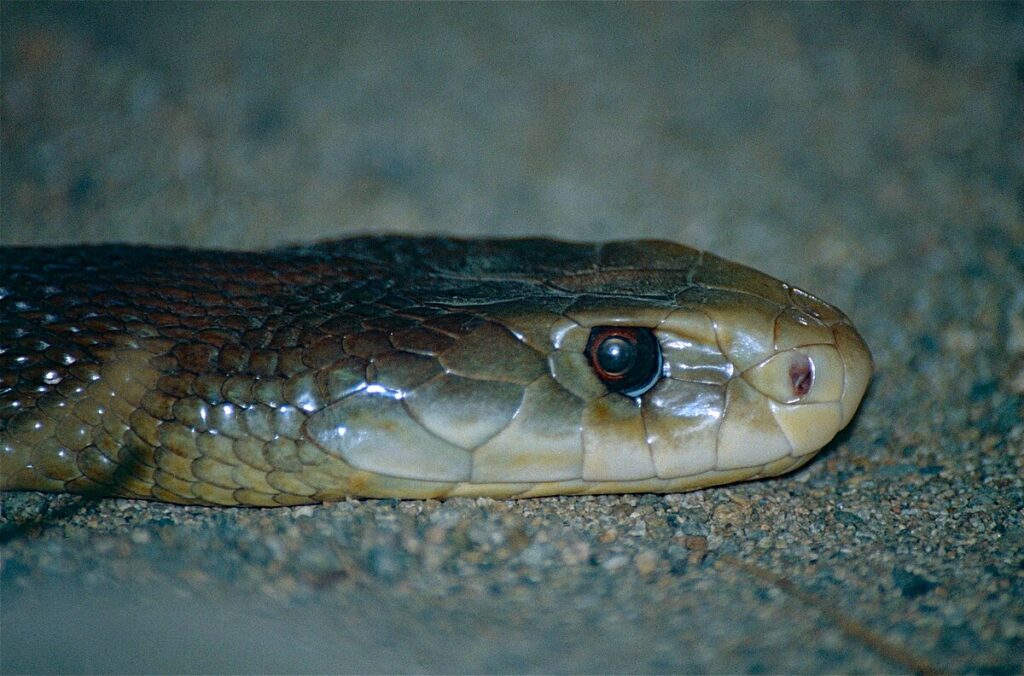
The trends in venom potency are not uniform across all regions, with some areas showing more pronounced changes than others. Researchers have documented particularly significant increases in venom potency among Australian elapids, with eastern brown snakes and coastal taipans leading the charge with up to 40% increases in lethality in some populations over the past century.
In North America, rattlesnake species in the southwestern United States and northern Mexico show more dramatic venom evolution than their northern counterparts, possibly due to greater biodiversity and thus more complex ecological relationships in these regions.
Asian cobra species display the most variable patterns, with some populations showing minimal changes while others demonstrate substantial increases in neurotoxic potency. These geographic variations suggest that local ecological factors, rather than global trends alone, play crucial roles in determining how and why snake venoms evolve.
Implications for Antivenom Development
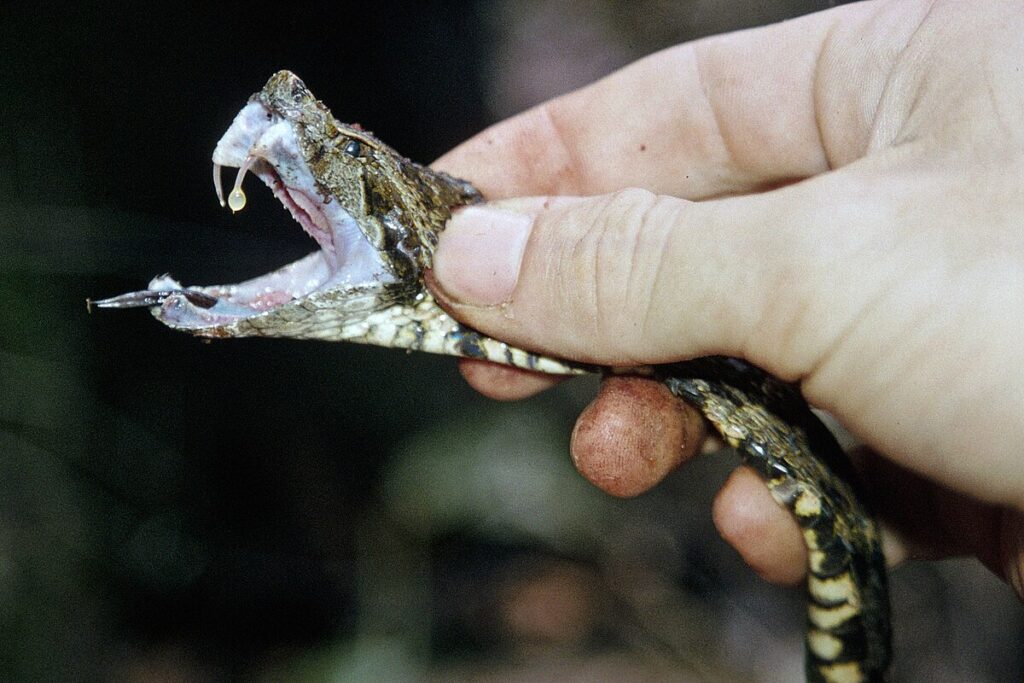
The evolution of more potent or compositionally different venoms creates significant challenges for antivenom development and effectiveness. Traditional antivenoms are produced using venom collected from specific populations of snakes, but if venom composition changes significantly, these medications may become less effective against bites from evolved populations.
A 2023 study in the Journal of Proteomics found that standard antivenom for the fer-de-lance (Bothrops asper) showed reduced neutralizing capacity against venom from recently sampled specimens compared to archival venom samples from the 1970s. Medical facilities in Australia have already begun adjusting antivenom dosing protocols for certain species in recognition of these changes.
The financial and logistical challenges of continuously updating antivenom formulations are substantial, especially in developing regions where snakebite mortality is highest. These developments underscore the importance of ongoing venom research and the need for more broadly effective next-generation antivenoms.
Venom Delivery Systems: Are They Evolving Too?

Beyond changes in venom composition itself, researchers have documented adaptations in the physical mechanisms snakes use to deliver their toxins. Comparative anatomical studies of museum specimens and contemporary snakes suggest subtle but significant changes in fang morphology among some species, with trends toward more efficient venom delivery.
For example, recent research on the gaboon viper (Bitis gabonica) has revealed that specimens from the last two decades have slightly longer fangs relative to body size compared to historical specimens, potentially allowing deeper venom injection.
Similarly, high-speed imaging of striking behavior in multiple pit viper species indicates that some populations have developed more precise striking techniques that maximize venom delivery efficiency. These physical and behavioral adaptations compound the effects of biochemical changes in the venom itself, potentially resulting in more dangerous envenomations even without changes in the toxins themselves.
The Human Factor: Direct and Indirect Influences

Human activities influence snake venom evolution through both direct and indirect pathways. Direct persecution of venomous snakes creates selection pressure favoring individuals with more effective defensive capabilities, potentially including more potent venom.
A compelling study from India documented that cobra populations in areas with high snake-human conflict had venom with significantly stronger defensive properties compared to populations in protected areas with minimal human interaction. Indirectly, human-driven habitat modification alters the ecological relationships between snakes and their prey, forcing adaptations in hunting strategies and venom composition.
Agricultural chemicals may act as mutagens or endocrine disruptors that influence venom production and composition, with laboratory studies showing that sublethal pesticide exposure can alter the expression of venom-related genes in certain species. Climate change, perhaps the most pervasive human influence on ecosystems, creates novel temperature and precipitation patterns that force physiological adaptations, including potential changes to venom production.
Medical Implications and Rising Concerns

The potential strengthening of snake venoms carries serious implications for human health, particularly in regions where snakebite envenomation already represents a significant public health challenge. Healthcare providers in Australia and parts of Latin America have reported increasing difficulty treating certain envenomations, with patients requiring larger antivenom doses than historical protocols suggest.
The World Health Organization, which classifies snakebite as a neglected tropical disease, has expressed concern that evolving venoms may compound existing challenges in reducing snakebite mortality. Particularly worrying is the situation in sub-Saharan Africa and South Asia, where healthcare infrastructure is often insufficient to address current snakebite challenges, let alone respond to potentially more severe envenomations.
Medical researchers emphasize that these changes highlight the need for continued investment in snakebite treatment research and infrastructure, including the development of synthetic antivenoms that might provide broader protection against evolving toxins.
Conservation Paradox: Protecting Dangerous Species
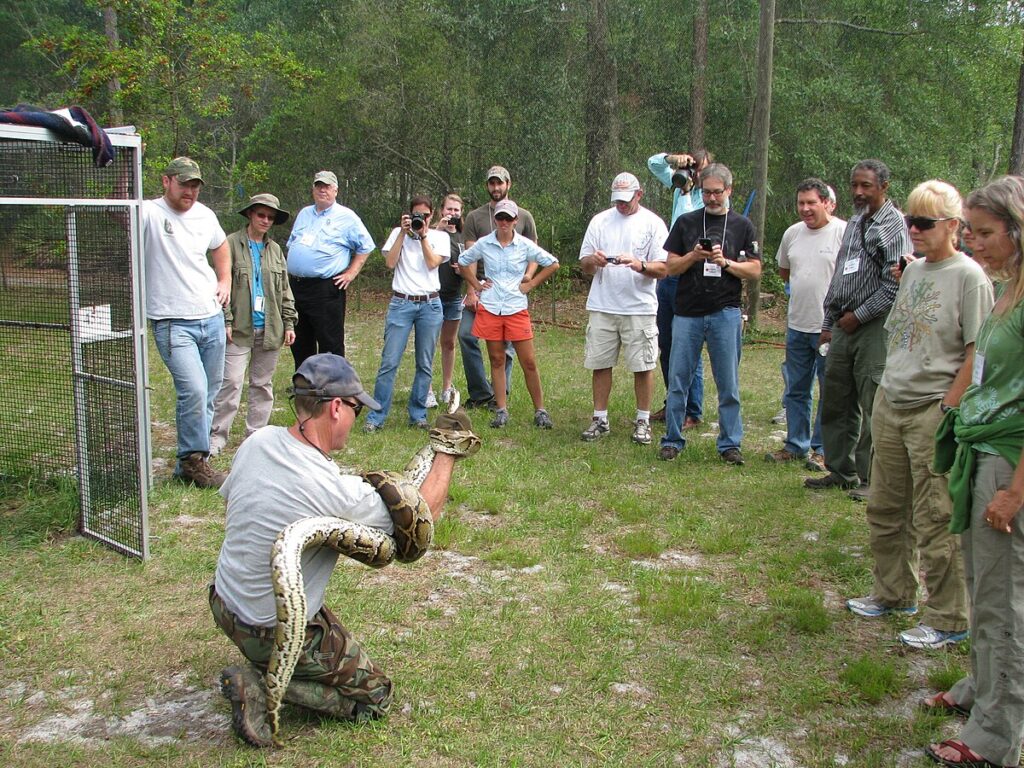
The evidence of strengthening snake venoms creates a conservation paradox, as many venomous species face significant threats from habitat loss and direct persecution despite their ecological importance. Venomous snakes play crucial roles in controlling rodent populations that can damage crops and spread disease, making them valuable components of healthy ecosystems.
Conservation biologists argue that understanding venom evolution should inform protection strategies rather than justify further persecution of these species. The most effective approaches may involve creating buffer zones between snake habitats and human settlements, improving public education about snake behavior and bite prevention, and investing in medical infrastructure to treat envenomations when they occur.
Research indicates that snake-human conflict actually increases when snake populations are fragmented or stressed, suggesting that comprehensive conservation may ultimately reduce dangerous interactions rather than increase them.
Future Research Directions and Technologies
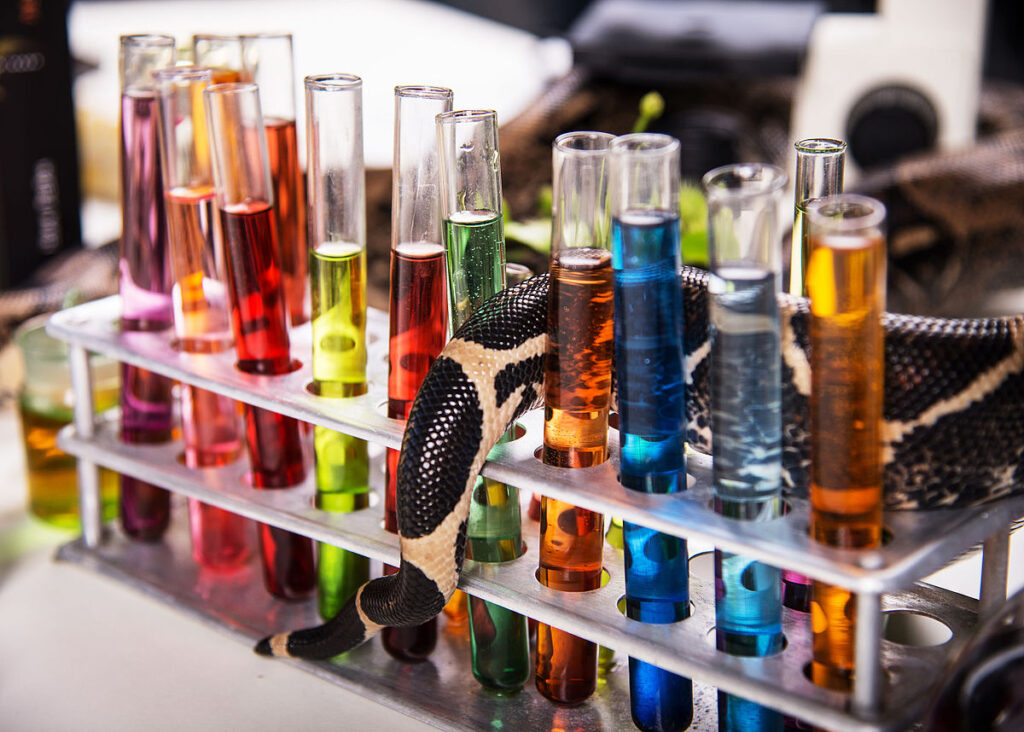
The emerging understanding of venom evolution has opened several promising research avenues that may help address related challenges. Genomic technologies now allow scientists to sequence the genes responsible for venom production, potentially enabling predictions about how venom might continue to evolve under different environmental scenarios.
Proteomics techniques can identify specific venom components that are changing most rapidly, helping focus antivenom development on the most critical toxins. Conservation biologists are utilizing environmental DNA sampling to monitor snake populations non-invasively, allowing better tracking of population dynamics without disturbing the animals.
Perhaps most promising is the development of synthetic biology approaches to antivenom production, which could potentially create broad-spectrum treatments effective against diverse and evolving venom profiles. These technological advances offer hope that humanity can adapt to the challenges posed by evolving snake venoms while still preserving these ecologically important species.
What This Means for the Future
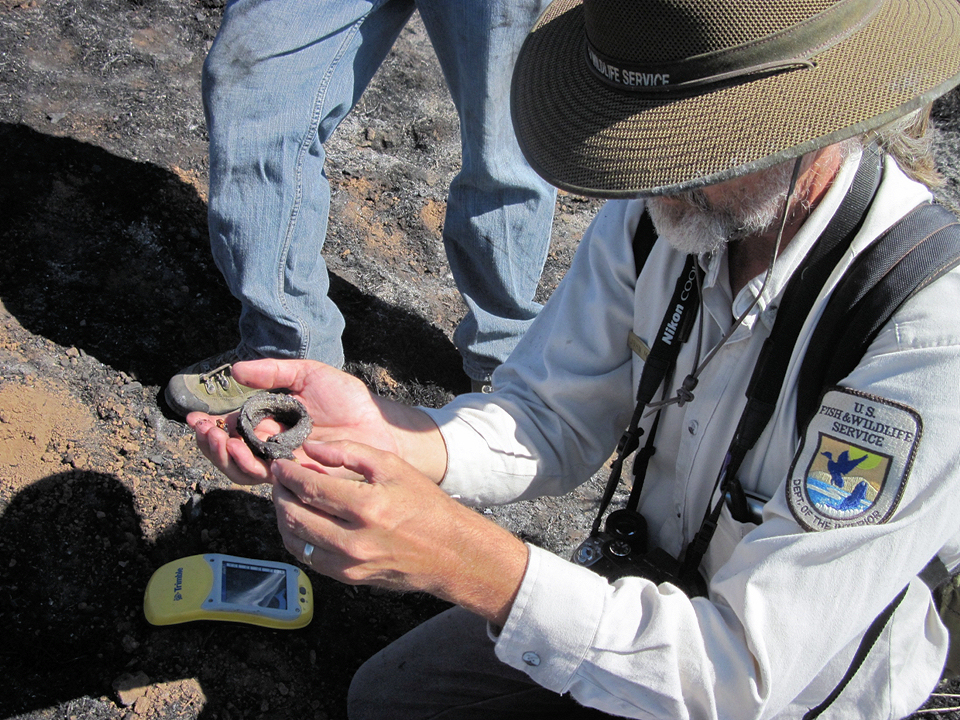
The evidence suggesting strengthening snake venoms points toward a future requiring greater awareness and adaptation in how humans coexist with these powerful predators. In medical contexts, healthcare systems will need to continuously update treatment protocols and antivenom formulations based on ongoing monitoring of venom composition in local snake populations.
Communities in snake-rich areas may need to implement enhanced prevention measures, including improved housing construction that reduces snake entry and better educational programs that teach appropriate responses to snake encounters. Conservation strategies will need to balance human safety concerns with the ecological importance of venomous snakes, perhaps creating more sophisticated management plans that address both priorities simultaneously.
Though these challenges are significant, they also present opportunities for innovative solutions at the intersection of medicine, ecology, and community development that could ultimately lead to more harmonious coexistence between humans and these fascinating but potentially dangerous creatures.
The evidence pointing toward strengthening snake venoms presents both scientific challenges and practical concerns for human communities worldwide. As venomous snakes adapt to rapidly changing environments shaped by human activity, their biochemical weapons appear to be evolving in ways that could increase the severity of envenomations.
This evolutionary response, while remarkable from a biological perspective, necessitates parallel adaptations in medical treatment, conservation approaches, and community safety measures. By continuing to invest in research and implementing evidence-based management strategies, humans can work toward solutions that protect both people and these ecologically valuable predators. The story of evolving snake venoms ultimately reminds us that nature’s adaptability requires corresponding flexibility in our own approaches to wildlife management and coexistence.




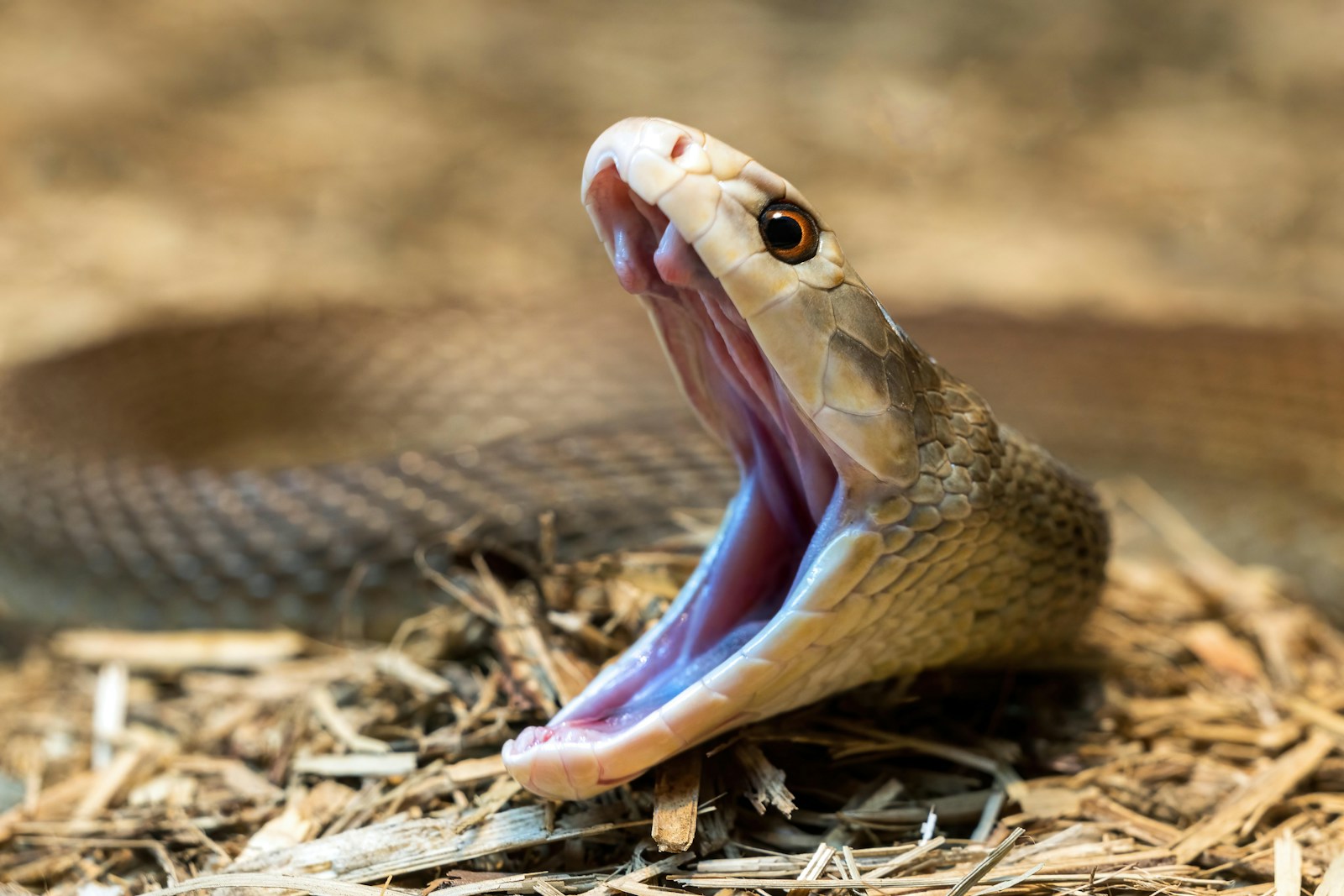


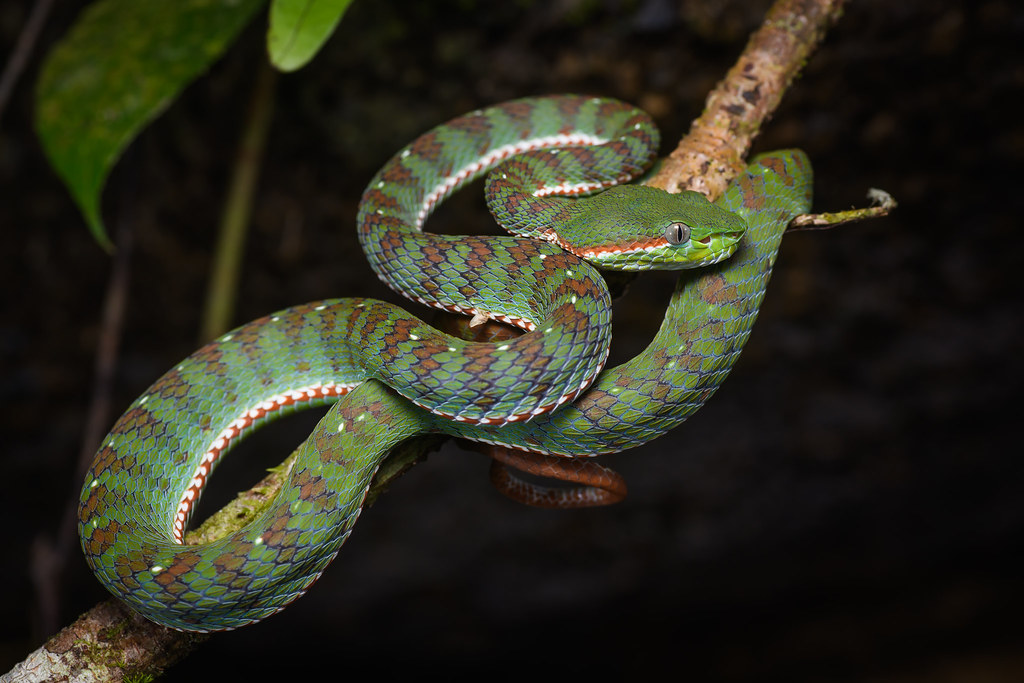
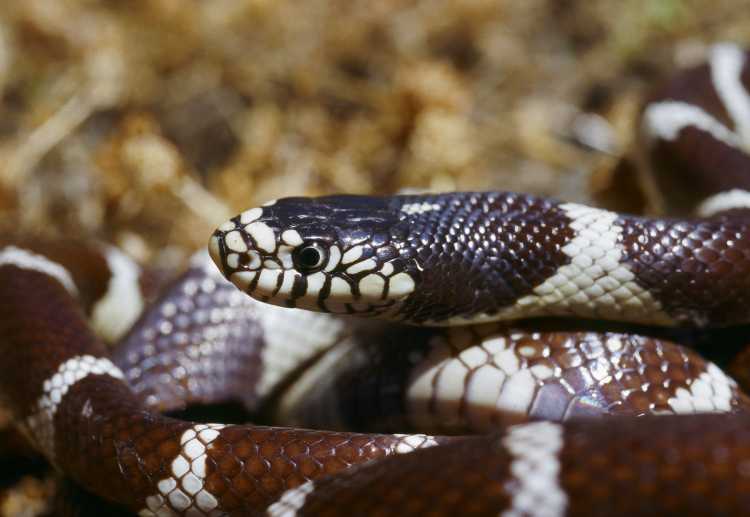
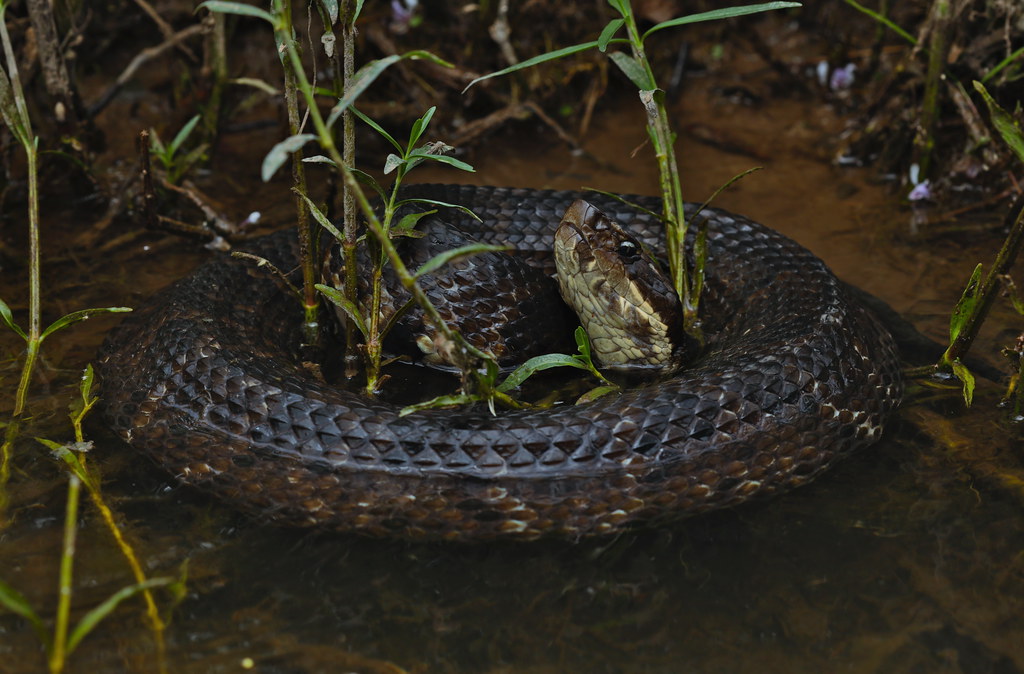
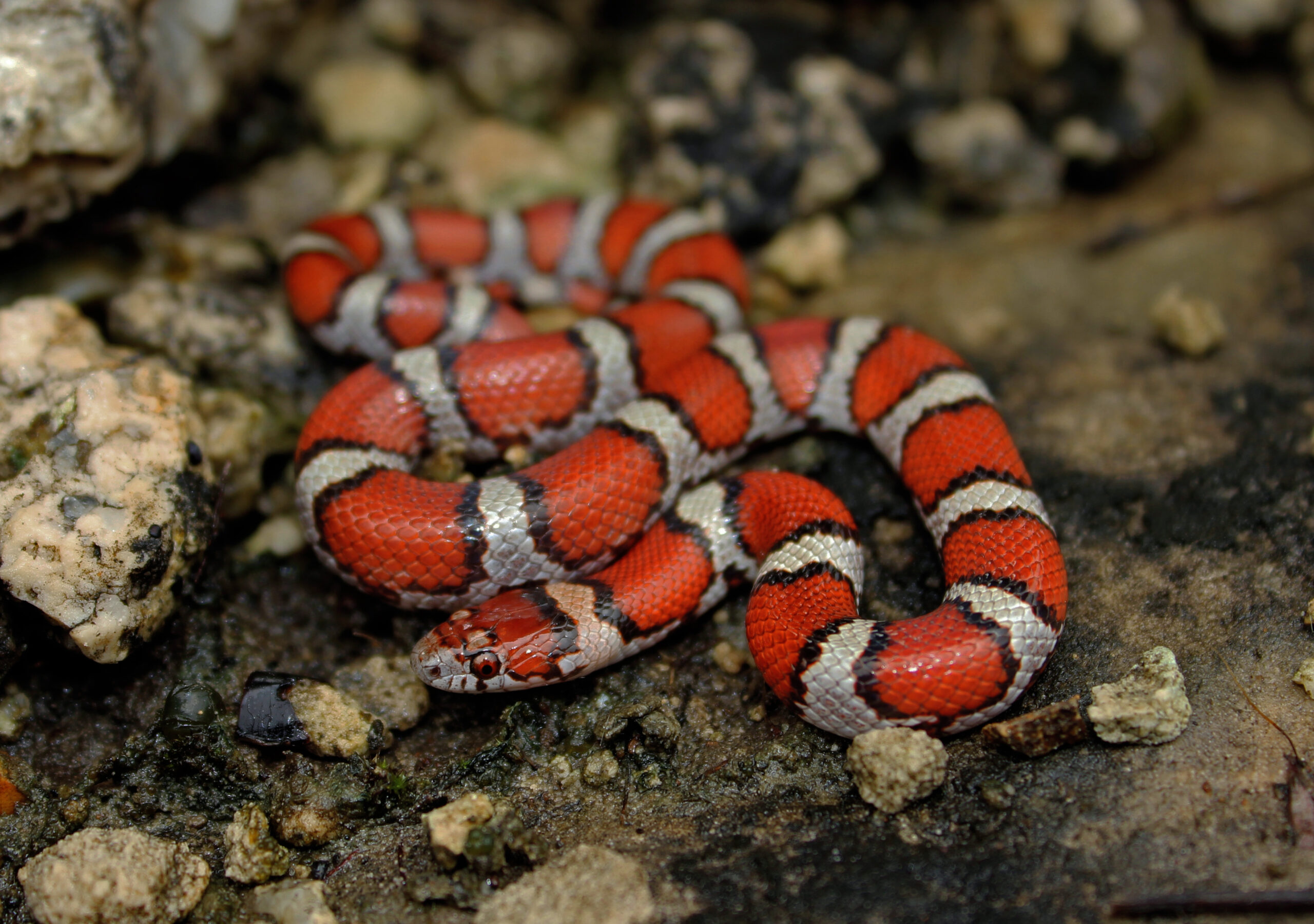





Leave a Reply